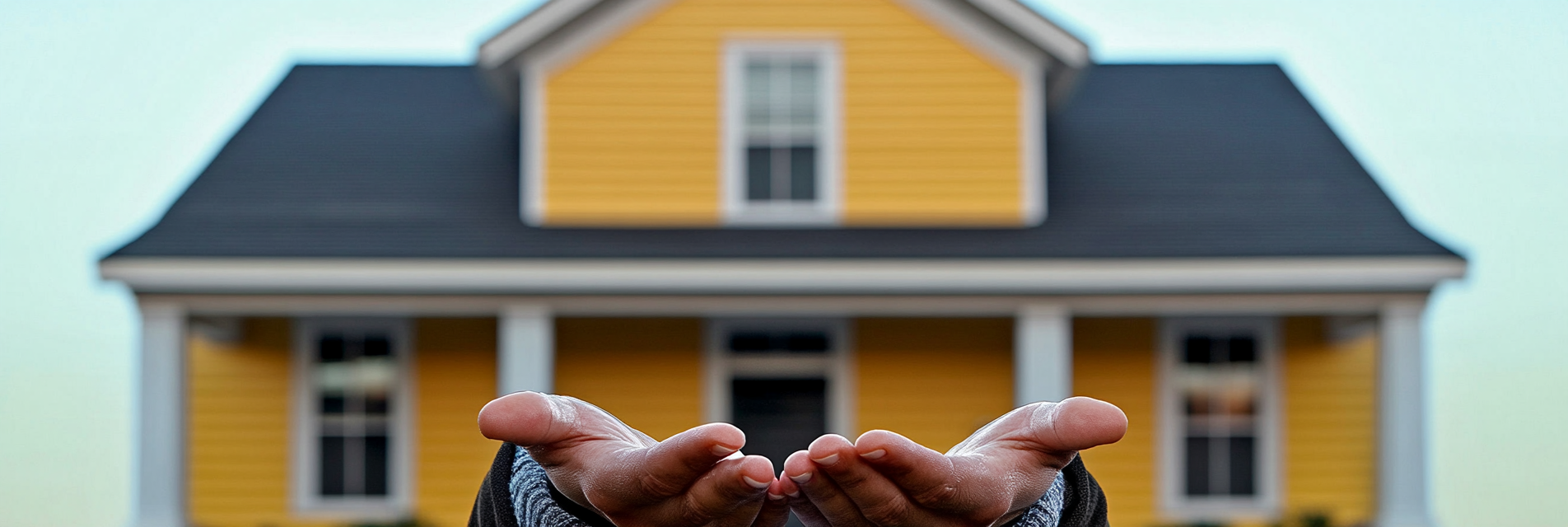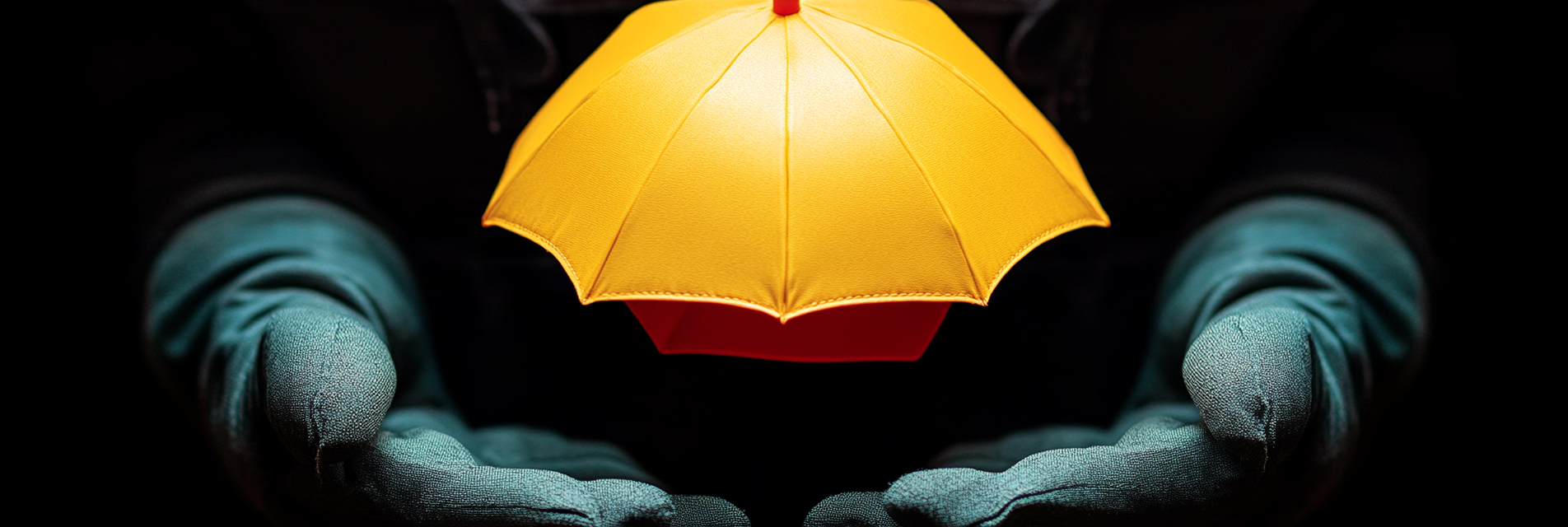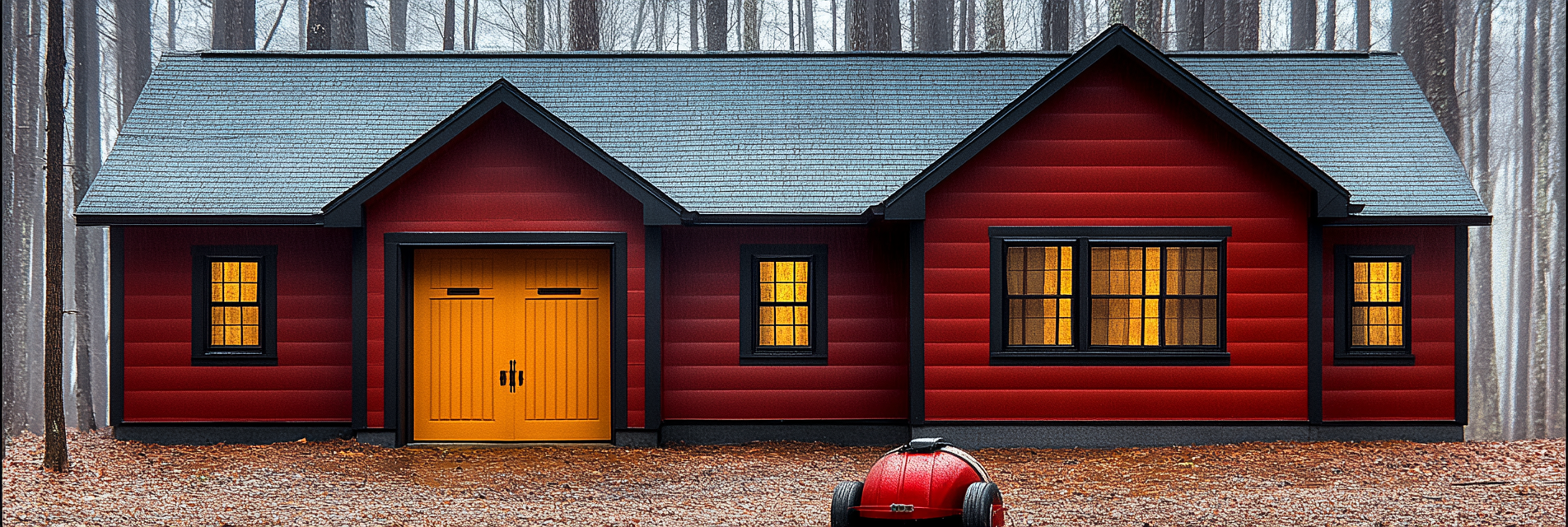Seniors face unique challenges when it comes to fire safety, from reduced mobility to slower response times. As a result, it’s crucial to take extra precautions to ensure their safety. This article outlines essential fire safety tips for seniors, along with product recommendations and practical measures to make homes safer and reduce fire risks.
1. Understanding Fire Risks for Seniors
Seniors are at a higher risk of fire-related injuries or fatalities due to various factors, including limited mobility, medical conditions, and the use of assistive devices. Taking proactive steps can significantly reduce these risks and improve overall safety.
Use Case Scenario: A senior living alone may have difficulty hearing a smoke alarm or responding quickly enough during an emergency. Enhanced fire safety measures can help bridge this gap and provide critical time for safe evacuation.
2. Installing Fire Detection Systems
Smoke and carbon monoxide (CO) detectors are essential for early fire and CO detection:
- Combination Detectors: Opt for devices like the Google Nest Protect, which provides smoke and CO detection, sends alerts to smartphones, and offers voice notifications that specify the type of danger and its location.
- Hearing Impaired Alarms: For seniors with hearing loss, choose smoke alarms with strobe lights and vibration features, such as the Lifetone HLAC151 Bedside Fire Alarm and Clock.
Installation Tip: Place smoke detectors in every bedroom, hallway, and on each level of the home. Test alarms monthly and replace batteries annually or as needed.
3. Creating a Fire Escape Plan
A clear, practiced fire escape plan is crucial for ensuring seniors know how to evacuate quickly and safely:
- Accessible Exits: Ensure that exits are clear of obstacles and easy to access, especially for those using walkers or wheelchairs.
- Two Exit Routes: Plan at least two exit routes from each room. Include ramps or other mobility aids as needed.
- Meeting Spot: Designate a safe outdoor meeting spot to gather after evacuation.
Use Case Scenario:
During an emergency drill, a senior practices using their walker to reach the designated exit and meet a neighbor or caregiver outside.
4. Using Fire-Resistant Equipment
Fire-resistant materials and equipment can help prevent or slow the spread of fire:
- Fire-Resistant Blankets: Keep a Tonyko Fiberglass Fire Blanket in bedrooms and living areas to smother small fires or protect against flames during an evacuation.
- Fire-Resistant Mattresses: Invest in a mattress made with flame-retardant materials for added safety.
5. Preventing Common Fire Hazards
Seniors should be aware of common fire risks and how to avoid them:
- Cooking Safety: Never leave the stove unattended while cooking. Consider using automatic shut-off devices like the FireAvert Stove Automatic Shut-Off to prevent kitchen fires.
- Heater Safety: Keep space heaters at least three feet away from flammable objects and use models with automatic shut-off features, such as the Lasko Ceramic Heater.
- Electrical Safety: Avoid overloading outlets and replace frayed or damaged cords.
6. Enhancing Home Safety Features
Simple home modifications can make a big difference in preventing fires and ensuring safe evacuation:
- Flameless Candles: Replace traditional candles with LED flameless candles to reduce the risk of accidental fires.
- Stove Knob Covers: Use Safety 1st Clear View Stove Knob Covers to prevent accidental activation of stovetops.
- Automatic Night Lights: Install motion-sensor night lights in hallways and bathrooms to improve visibility at night and reduce fall risks.
7. Mobility and Accessibility Considerations
Seniors with limited mobility may require additional assistance during an emergency:
- Portable Fire Escape Ladders: For multi-story homes, keep a Kidde 2-Story Fire Escape Ladder in an accessible location near windows.
- Evacuation Chairs: Consider Stair Evacuation Chairs for seniors in multi-level homes who may have difficulty navigating stairs quickly.
-
Home Automation Systems: Use smart home technology like Amazon Alexa or Google Home to control lights, call for help, or receive emergency alerts.
8. Fire Safety Drills and Training
Regular practice is essential to ensure seniors are familiar with the fire safety plan:
- Routine Drills: Conduct fire drills at least twice a year, varying the times to simulate different situations (e.g., daytime and nighttime).
- Caregiver Involvement: If the senior has a caregiver, ensure they are familiar with the escape plan and trained to assist during an emergency.
- Community Programs: Participate in community-based fire safety programs that offer hands-on training and resources.
9. Emergency Communication and Support
Ensure seniors can communicate effectively during an emergency:
- Emergency Alert Devices: Equip seniors with a medical alert system like Life Alert or MobileHelp that can call for help at the press of a button.
- Cell Phone Accessibility: Keep an easy-to-use cell phone like the Jitterbug Flip2 nearby, preloaded with emergency contacts.
- Buddy System: Arrange for a neighbor or friend to check in regularly and assist in case of an emergency.
Use Case Scenario: In the event of a fire, a senior can use their medical alert device to notify emergency responders and their family immediately.
10. Post-Fire Safety and Recovery
After a fire, it’s essential to ensure that seniors receive proper care and support:
- Health Check-Up: Schedule a medical check-up to address potential smoke inhalation or trauma.
- Temporary Housing: Have a plan for temporary housing in case the home becomes uninhabitable.
- Support Network: Lean on family, friends, or community resources for emotional and logistical support.
Conclusion
Seniors require special attention when it comes to fire safety. By incorporating smoke and CO detectors, creating accessible escape plans, and enhancing home safety features, seniors and their families can ensure a higher level of preparedness. Regular drills, preventative measures, and the right safety equipment play a vital role in protecting loved ones and giving peace of mind. Paul Lindberg’s Dryer Fire Fighters encourages seniors and their caregivers to adopt comprehensive fire safety practices to promote a safe living environment.
Serving the communities of:
Kennewick | Pasco | Richland | West Richland | Finley | Burbank | Benton City | Prosser | Grandview | Connell
As the sole certified dryer exhaust technician recognized by CSIA.org in the Tri-Cities area, Paul brings a wealth of expertise to fire prevention. His primary focus lies in addressing the root cause of many residential fires: lint buildup in dryer cavities and vents. Through rigorous inspections and thorough cleanings, Paul ensures that families and businesses can enjoy peace of mind, knowing their properties are safeguarded against fire risks.









































